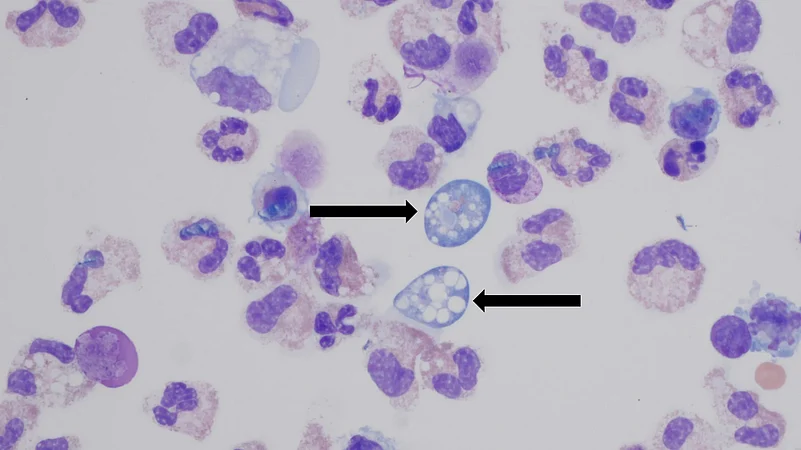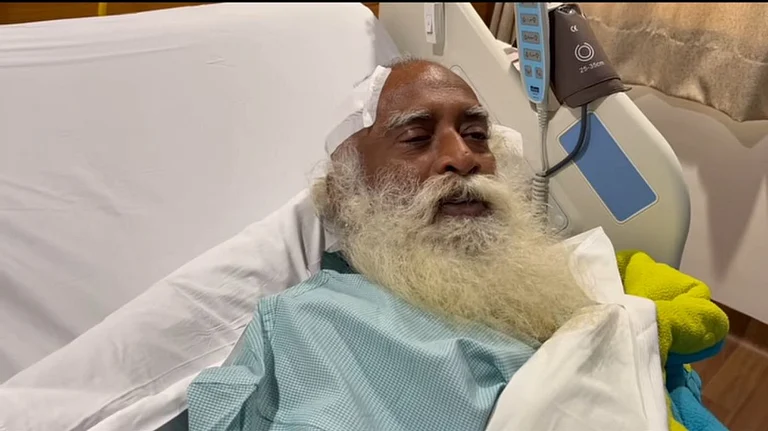After a battle of over a week, a five-year-old girl from Kerala's Malappuram, died of Amoebic meningoencephalitis, a rare brain infection, at the Government Medical College Hospital Kozhikode on Tuesday.
Five-year-old Fadva reportedly was kept on ventilator support since May 13. However, despite the doctor's best efforts, the girl passed away. According to the doctors, she suffered from a rare but severe brain infection called Amoebic meningoencephalitis which was caused by the Naegleria fowleri amoeba.
Naegleria fowleri: What do we know about the brain-eating amoeba
Microbiologically, Naegleria fowleri amoeba is a tiny organism primarily found in warm freshwater like lakes and rivers. Sometimes, it can also be found in soil or untreated water.
The microorganism finds its way to enter the human body through nose when people swim or dive in water containing this amoeba.
According to Cleveland Clinic, once in enters the nasal channel, Naegleria fowleri can easily travel to the brain which results in inflammation of the brain tissue and causes a severe infection called primary amebic meningoencephalitis (PAM).
This infection gais momentum quickly and can be deadly if not treated immediately.
Brain Infections by Naegleria fowleri: About the symptoms
The characteristic symptoms of the primary amebic meningoencephalitis (PAM) include the following:
headache
fever
nausea
vomiting
changes in mental state.
Brain Infections by Naegleria fowleri: What are the possible treatments?
Unfortunately, the exact effective set of treatment to cure PAM is yet to be discovered. However, to help the patients survive the condition, currently, doctors treat the disease with a combination of drugs, including amphotericin B, azithromycin, fluconazole, rifampin, miltefosine and dexamethasone.
Accordig to the US Centers for Disease Control and Prevention (CDC), most people with PAM die within 1 to 18 days after symptoms start to appear.
How common are the infections?
Accordig to CDC, infections caused by Naegleria fowleri are rare. As per data, only 0 to 8 cases are reported annually. However, in recent times, there have been unusual instances of infections have been observed during periods of intense heat.
Within the science fraternity, there are differences of opinions regarding how rare the infections are as some people have also shown to have antibodies to the amoeba, meaning they have been exposed to it before and survived. Furthermore, some people don't even get infected, despite exposure to similar situations as those who do.




















